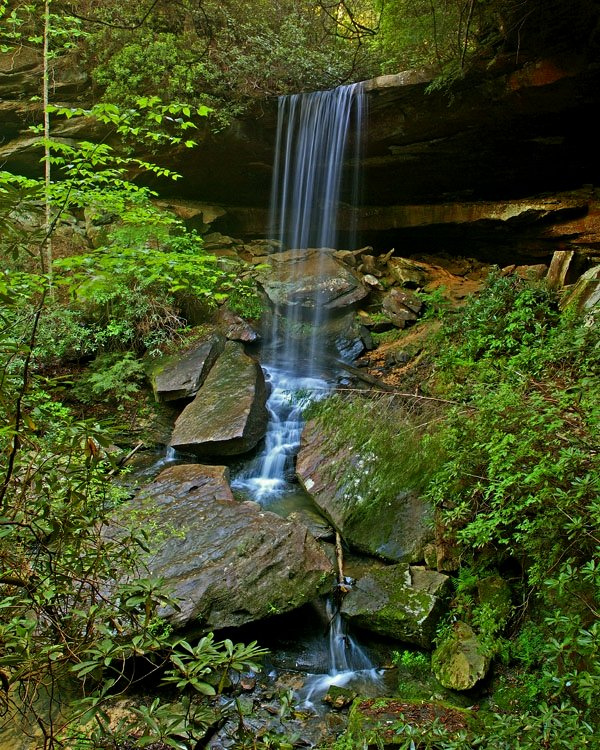
NATURE AND INDUSTRY are like oil and water: You can put them together, but they’ll never really mix. In Kentucky, what once was a thriving wonderland of flora and fauna has been tragically tainted by the material motives of man. In Daniel Boone National Forest, 29 percent of the land is detrimentally affected by legacy coal mining. Sure, it’s a grim vision of ash and soot when put plainly, but the situation is far from hopeless.
Daniel Boone National Forest is a home to a vast variety of species, including black bears, deer and migratory birds, as well as unique populations of salamanders and mussels. Without a lush habitat provided by the forest landscape, the ecosystem could cease to function in its naturally harmonious fashion.
This synergy has, unfortunately, been threatened. When regions of the Central Appalachians were deforested in the early 1800s for the construction of surface-level coal mines, the oak, hickory, chestnut and maple trees that once blanketed the mountainous terrain were never replaced. The mines stopped operating in the 1970s, but a notorious quick fix trumped the more environmentally sustainable alternative of restoring the native vegetation. Instead, non-native species were hastily planted to prevent soil erosion. This has significantly disrupted the local ecosystem, and indigenous plants and animals are struggling to survive in what must now feel to them like an alien landscape.
“The combination of the compacted land and non-native species can inhibit the return of the natural vegetation community for hundreds, if not thousands, of years,” says Christopher Barton, Director of the University of Kentucky Appalachian Center and Professor of Watershed Management.
While this may give the impression of an unpromising future, Barton makes it clear that the future is bright for this Kentucky national forest.
“The forest is beloved,” he says, “and the staff on the Daniel Boone National Forest are very dedicated to protecting and managing the forest for the future.”
However, there is still much work to be done before these areas can be restored to their former harmonious glory. Invasive species must be removed, compacted soils ripped and seedlings grown, planted and nourished. It’s no easy task, but American Forests is up for the challenge.
In 2017, with the help of the U.S. Forest Service, we’re planting 11,000 trees of 14 different species across 16 acres of Daniel Boone National Forest.
Barton says his goals for the project extend beyond reforesting the land. Additionally, the project will provide economic opportunities for local citizens through jobs and services needed to do the restoration work. He hopes to educate them on the issues associated with surface coal mining in Appalachia and empower them to help repair the degraded ecosystem.
This is the second project conducted by the Forest Service in the past two years that has focused on restoring and revitalizing the ecosystems surrounding former mine lands. Forest communities are not the only ones who benefit, either. According to Barton, re-establishing balance in these areas also helps mitigate climate change and improve watershed quality. We’d argue that the promotion of an inhabitable planet and clean drinking water is a cause we can all get behind.
Allie Wisniewski was American Forests’ Summer 2017 communications intern and is a rising senior at Florida State University, studying English and Studio Art.